Home>Gardening & Outdoor>Landscaping Ideas>How To Get Grass Like A Golf Green
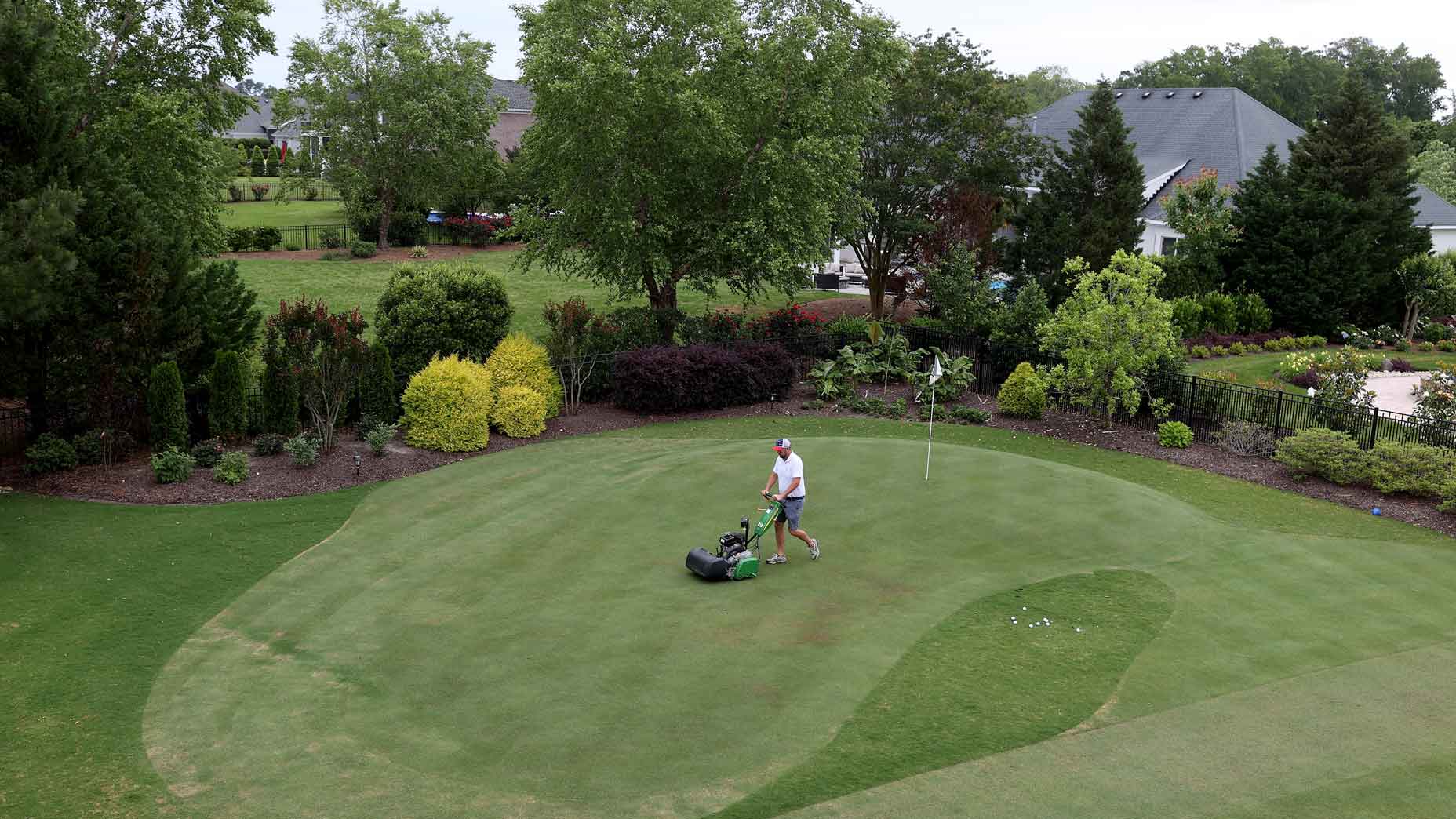

Landscaping Ideas
How To Get Grass Like A Golf Green
Modified: February 17, 2024
Achieve a golf green-like lawn with expert landscaping ideas. Transform your yard with professional tips for lush, healthy grass. Discover the secrets today!
(Many of the links in this article redirect to a specific reviewed product. Your purchase of these products through affiliate links helps to generate commission for Storables.com, at no extra cost. Learn more)
Introduction
So, you want to achieve that lush, velvety green lawn that looks like it belongs on a professional golf course? You've come to the right place. Creating a lawn that resembles a pristine golf green is a labor of love, but with the right knowledge and techniques, it's absolutely achievable.
In this comprehensive guide, we'll delve into the art and science of lawn care, covering everything from soil preparation and grass seed selection to watering, fertilizing, mowing, and troubleshooting common problems. By the end of this journey, you'll be equipped with the expertise to transform your yard into a stunning expanse of grass that rivals the finest putting greens.
Whether you're a seasoned lawn care enthusiast looking to take your turf to the next level or a novice gardener eager to learn the ropes, this guide is designed to provide valuable insights and practical tips for achieving a flawless lawn. So, roll up your sleeves, put on your gardening gloves, and let's embark on this green-fingered adventure together. It's time to cultivate a lawn that will be the envy of your neighborhood!
Key Takeaways:
- Creating a golf green-like lawn involves understanding soil, choosing the right grass, and proper maintenance. With patience and care, you can transform your yard into a stunning, envy-worthy green space.
- Meticulous soil preparation, strategic grass seed selection, and proactive lawn care are essential for achieving a flawless, vibrant lawn. By nurturing your lawn with dedication, you can create a captivating outdoor oasis.
Read more: What Kind Of Grass Is On Golf Greens
Understanding the Basics of Lawn Care
Before diving into the specifics of achieving a golf green-like lawn, it’s crucial to grasp the fundamental principles of lawn care. A thriving lawn is the result of a harmonious blend of soil preparation, grass selection, watering, fertilizing, and maintenance. Understanding these elements is essential for laying a solid foundation for your lawn’s success.
First and foremost, soil quality plays a pivotal role in the health and appearance of your lawn. Conducting a soil test can provide valuable insights into its pH levels, nutrient composition, and overall structure. Based on the results, you can take corrective measures such as adjusting the pH, improving drainage, or enhancing fertility to create an optimal environment for your grass to flourish.
Next, the selection of the right grass seed is a decision that significantly influences the outcome of your lawn. Factors such as climate, soil type, sun exposure, and foot traffic should be considered when choosing a grass variety. Whether you opt for cool-season grasses like Kentucky bluegrass and fescue or warm-season varieties such as Bermuda grass and Zoysia, the suitability of the grass to your specific conditions is paramount.
Watering, another crucial aspect of lawn care, demands a delicate balance. Overwatering can lead to shallow root systems and susceptibility to diseases, while underwatering can result in parched, brown patches. Understanding the water needs of your chosen grass type and adjusting your watering schedule according to seasonal variations is essential for maintaining a healthy, vibrant lawn.
Furthermore, fertilizing your lawn is akin to providing it with essential nutrients for sustained growth and resilience. A tailored fertilization regimen, based on factors like grass type, soil composition, and climate, can bolster your lawn’s health and fortify it against stressors such as foot traffic and environmental pressures.
Lastly, regular maintenance practices such as mowing, edging, and aerating contribute to the overall aesthetic and well-being of your lawn. Proper mowing height, clean and defined edges, and periodic aeration all play a part in nurturing a lawn that exudes the visual appeal and velvety texture reminiscent of a golf green.
By grasping the fundamental principles of soil preparation, grass selection, watering, fertilizing, and maintenance, you’ll be equipped with the foundational knowledge necessary to embark on the journey of transforming your lawn into a masterpiece of greenery.
Preparing the Soil for Grass
The foundation of a magnificent lawn lies beneath the surface, in the very soil on which the grass will thrive. Preparing the soil is a critical step that sets the stage for a healthy, resilient lawn that emulates the perfection of a golf green.
Before sowing the seeds or laying sod, it’s essential to assess the soil’s composition and characteristics. Conducting a soil test can provide invaluable insights into its pH levels, nutrient content, and structure. This analysis serves as the compass guiding the necessary amendments to optimize the soil for grass growth.
One of the primary considerations in soil preparation is the pH level. Most grass species thrive in soil with a slightly acidic pH ranging from 6.0 to 7.0. If the soil test reveals an imbalanced pH, amendments such as lime or sulfur can be incorporated to bring it within the optimal range, fostering an environment conducive to healthy grass development.
Improving the soil’s structure and fertility is another crucial aspect of preparation. Compacted soil can impede root growth and water penetration, hindering the establishment of a robust lawn. Aerating the soil, either by core aeration or mechanical means, can alleviate compaction and enhance air and water movement within the soil, promoting a healthier root system.
Furthermore, incorporating organic matter such as compost or well-rotted manure can enrich the soil with essential nutrients and improve its texture, fostering a favorable environment for the grass to take root and thrive. Organic matter also aids in moisture retention, reducing the frequency of watering and enhancing the soil’s resilience to environmental stressors.
Prior to seeding or sodding, it’s imperative to prepare a smooth and level seedbed. Raking the soil to remove debris and large clumps, followed by gentle compaction to create a firm, yet not overly compacted surface, sets the stage for successful grass establishment.
By meticulously preparing the soil, addressing its pH levels, structure, and fertility, you lay the groundwork for a resilient, vibrant lawn that mirrors the flawless appearance and playability of a professional golf course. The investment of time and effort in soil preparation is the cornerstone of a lawn that will be the envy of all who behold it.
Choosing the Right Grass Seed
When striving to achieve a lawn reminiscent of a pristine golf green, the selection of the appropriate grass seed is a pivotal decision that significantly influences the outcome. Factors such as climate, soil type, sun exposure, and anticipated foot traffic should all be carefully considered when choosing the right grass variety for your lawn.
One of the primary considerations in selecting grass seed is the local climate. Cool-season grasses, including Kentucky bluegrass, fescue, and ryegrass, thrive in regions with moderate temperatures and are well-suited for northern climates. On the other hand, warm-season grasses such as Bermuda grass, Zoysia, and St. Augustine grass are better suited for southern regions with hot summers and mild winters.
Soil type also plays a significant role in determining the most suitable grass variety for your lawn. Whether your soil is predominantly sandy, loamy, or clay-based, certain grass species are better adapted to specific soil conditions. For example, Bermuda grass thrives in sandy soils, while Kentucky bluegrass performs well in loamy soils with good drainage.
Consider the sun exposure in your lawn area. Some grass species, like Bermuda grass and Zoysia, are highly tolerant of full sun, while others such as fine fescue and Kentucky bluegrass are better suited for shaded or partially shaded areas. Understanding the sunlight patterns in your lawn is crucial for selecting a grass variety that will thrive in its specific conditions.
Anticipated foot traffic is another vital factor in grass seed selection. If your lawn is expected to endure heavy use, particularly from children or pets, choosing a durable and resilient grass species such as Kentucky bluegrass or tall fescue is advisable. For ornamental lawns with minimal foot traffic, fine fescue or Zoysia may be more suitable.
It’s important to note that many regions offer blends of grass seed that combine the strengths of different species, such as a sun and shade mix or a high-traffic blend. These blends can provide a balanced and versatile solution for lawns with diverse conditions and usage patterns.
By carefully considering the climate, soil type, sun exposure, foot traffic, and available grass seed blends, you can make an informed decision that aligns with the specific needs and conditions of your lawn. The right grass seed sets the stage for a luxuriant, resilient lawn that will captivate with its lush greenery and velvety texture, akin to a professional golf course.
Planting and Watering Techniques
Once you’ve selected the perfect grass seed for your lawn, it’s time to embark on the crucial stages of planting and watering. Implementing the right techniques during these phases is essential for establishing a robust, verdant lawn that mirrors the impeccable appearance of a golf green.
Before sowing the seeds or laying sod, it’s imperative to prepare the soil meticulously. Rake the soil to create a smooth, level seedbed, free of debris and large clumps. If seeding, spread the grass seed evenly using a broadcast spreader, ensuring comprehensive coverage of the area. For sodding, lay the sod in a staggered pattern, pressing it firmly against the soil to eliminate air pockets and promote root contact.
Watering immediately after planting is crucial to initiate the germination process for seeds or to facilitate the establishment of sod. A gentle and consistent watering regimen is essential during the initial stages of growth. For seeded areas, light and frequent watering is recommended to keep the soil consistently moist without causing runoff or puddling. Sodded areas should be watered more generously to ensure that the sod remains adequately moist as it takes root in the soil.
As the grass begins to establish itself, adjusting the watering schedule is essential. Deep, infrequent watering promotes the development of a robust root system, leading to a more resilient and drought-tolerant lawn. Watering in the early morning is ideal, as it allows the grass blades to dry during the day, reducing the risk of diseases caused by prolonged moisture on the foliage.
It’s important to tailor the watering regimen to the specific needs of your grass type and the prevailing weather conditions. During hot and dry periods, supplemental watering may be necessary to prevent the grass from wilting or browning. Conversely, in cooler and wetter seasons, adjusting the watering frequency to prevent waterlogged soil is crucial for maintaining a healthy lawn.
Implementing efficient watering techniques, such as using oscillating or pulsating sprinklers to ensure uniform coverage and avoiding water wastage, is essential for conserving water while promoting the optimal growth of your lawn. Additionally, monitoring the soil moisture levels and adjusting the watering schedule accordingly is key to fostering a lush, resilient lawn that exhibits the visual allure and playability of a professional golf course.
By meticulously executing planting and watering techniques tailored to your chosen grass variety and prevailing environmental conditions, you set the stage for a thriving, verdant lawn that embodies the splendor of a meticulously maintained golf green.
To get grass like a golf green, mow it regularly at a low height, water deeply and infrequently, fertilize with a high-quality fertilizer, and aerate the soil to promote healthy root growth.
Read more: What Type Of Grass Is Used For Golf Greens
Fertilizing and Maintaining Your Lawn
Ensuring that your lawn receives the essential nutrients it needs to thrive is a cornerstone of effective lawn care. Fertilizing and implementing a comprehensive maintenance regimen are pivotal for nurturing a resilient, vibrant lawn that exudes the splendor and playability of a professional golf green.
Before applying fertilizers, it’s beneficial to understand the specific nutrient requirements of your chosen grass species. Different grass varieties have varying needs for nitrogen, phosphorus, potassium, and other essential elements. Selecting a high-quality, balanced fertilizer tailored to your grass type and soil conditions is crucial for promoting vigorous growth and a rich green hue.
Implementing a fertilization schedule that aligns with the specific needs of your grass and the prevailing climate is essential for maintaining a healthy lawn. A balanced approach, combining regular feedings with the application of slow-release fertilizers, can provide sustained nourishment for your grass, promoting steady growth and resilience against stressors such as foot traffic and environmental pressures.
In addition to fertilization, a comprehensive maintenance regimen plays a pivotal role in nurturing a flawless lawn. Regular mowing, performed at the appropriate height for your grass variety, promotes a tidy appearance and encourages lateral growth, resulting in a denser, more luxurious lawn. Edging along walkways and borders adds a polished, refined look to your lawn, enhancing its aesthetic appeal.
Aerating the soil at least once a year, particularly in compacted or high-traffic areas, improves air and water penetration, fostering a healthier root system and overall lawn vitality. Over-seeding in bare or thinning areas, especially in the fall for cool-season grasses or spring for warm-season varieties, promotes a denser, more resilient lawn that withstands wear and tear.
Regular inspection and proactive management of common lawn issues, such as weeds, pests, and diseases, are integral parts of a comprehensive maintenance regimen. Implementing targeted weed control measures, addressing pest infestations promptly, and identifying and treating signs of diseases can safeguard the health and appearance of your lawn, ensuring that it remains a verdant, inviting expanse of greenery.
By integrating a strategic fertilization regimen and a comprehensive maintenance routine tailored to the specific needs of your grass type and prevailing environmental conditions, you foster a resilient, luxuriant lawn that captures the essence of a professionally manicured golf green. The investment of time and effort in nurturing your lawn will yield a verdant masterpiece that beckons with its visual allure and velvety texture.
Mowing and Edging for the Perfect Finish
Mowing and edging are essential components of lawn maintenance that contribute significantly to the overall aesthetic appeal and health of your lawn. Implementing proper mowing techniques and meticulous edging practices are crucial for achieving a flawlessly manicured lawn that mirrors the pristine appearance of a professional golf green.
When it comes to mowing, the first consideration is setting the appropriate mowing height for your grass type. Different grass species have specific ideal mowing heights, and adhering to these recommendations promotes optimal growth and resilience. Mowing at the correct height encourages deeper root development, enhances drought tolerance, and discourages weed encroachment, resulting in a denser, more luxurious lawn.
Regular mowing, performed with sharp blades to ensure clean cuts, encourages lateral growth and a uniform, tidy appearance. Adopting a mowing schedule that aligns with the growth rate of your grass, typically once a week during peak growing seasons, promotes a well-maintained, manicured look and prevents the stress of removing excessive leaf tissue in a single mowing session.
Implementing a mowing pattern that varies with each mowing session, such as alternating between horizontal and vertical mowing directions, prevents the grass from developing a grainy appearance and encourages upright growth. This technique contributes to a visually appealing, uniform lawn surface that radiates the allure of a professionally maintained golf green.
Edging along walkways, driveways, and borders is a vital aspect of lawn maintenance that adds a refined, polished finish to your lawn. Creating clean, defined edges with a manual or powered edging tool imparts a sense of precision and elegance to your lawn, enhancing its overall aesthetic appeal. Crisp, well-defined edges provide a visual frame for your lawn, accentuating its lush green expanse and contributing to a manicured, professional look.
Regular edging prevents encroachment of grass into adjacent surfaces and reduces the need for frequent trimming or maintenance along borders, contributing to a tidy, well-maintained appearance. Additionally, maintaining clean edges facilitates easier lawn care tasks, such as mowing and applying fertilizers or mulch, resulting in a more efficient and visually appealing lawn maintenance routine.
By meticulously implementing proper mowing techniques and meticulous edging practices, you cultivate a flawlessly manicured lawn that captures the essence of a professionally maintained golf green. The investment of time and effort in mowing and edging yields a verdant masterpiece that beckons with its visual allure and velvety texture, setting your lawn apart as a stunning showcase of greenery.
Dealing with Common Lawn Problems
While striving for a lawn that rivals the perfection of a golf green, it’s essential to be prepared to address common lawn issues that may arise. Proactive management and targeted solutions for prevalent problems such as weeds, pests, diseases, and environmental stressors are crucial for maintaining a resilient, vibrant lawn that captivates with its lush greenery and flawless appearance.
Weeds are a common nuisance that can detract from the visual appeal and health of your lawn. Implementing targeted weed control measures, such as selective herbicide applications or manual removal of weeds, can effectively manage weed infestations. Additionally, fostering a dense, healthy lawn through proper fertilization and watering practices can naturally suppress weed growth, contributing to a more resilient and visually appealing lawn.
Pests, ranging from insects to small animals, can cause damage to your lawn if left unchecked. Identifying signs of pest infestations, such as discolored patches or irregular feeding patterns, and implementing appropriate pest control measures, such as insecticidal treatments or natural predators, can safeguard the health and appearance of your lawn.
Diseases, such as fungal infections or bacterial issues, can manifest as discolored patches, thinning areas, or abnormal growth patterns in your lawn. Prompt identification of disease symptoms and targeted treatment with fungicides or cultural practices, such as improving air circulation and reducing moisture levels, can mitigate the impact of diseases and promote the recovery of your lawn.
Environmental stressors, including drought, excessive heat, or soil compaction, can also affect the health and appearance of your lawn. Implementing practices such as deep, infrequent watering, core aeration, and overseeding in stressed areas can alleviate the impact of environmental stressors and promote the recovery and resilience of your lawn.
Regular inspection and proactive management of common lawn problems are integral parts of a comprehensive lawn care regimen. By identifying and addressing issues promptly and implementing targeted solutions, you can maintain a resilient, vibrant lawn that embodies the splendor and playability of a professional golf green. The proactive management of common lawn problems ensures that your lawn remains a verdant masterpiece that beckons with its visual allure and velvety texture, setting it apart as a stunning showcase of greenery.
Conclusion
Embarking on the journey to cultivate a lawn that emulates the lush perfection of a golf green is a labor of love and dedication. By delving into the art and science of lawn care, addressing fundamental aspects such as soil preparation, grass selection, watering, fertilizing, and maintenance, you’ve equipped yourself with the knowledge and techniques necessary to transform your lawn into a verdant masterpiece.
Understanding the significance of soil preparation, the art of choosing the right grass seed, and implementing meticulous planting and watering techniques are foundational to establishing a resilient, vibrant lawn. By fostering healthy soil and selecting the appropriate grass variety, you set the stage for a luxuriant expanse of greenery that captivates with its visual allure and velvety texture.
Furthermore, integrating strategic fertilization and comprehensive maintenance practices, including mowing, edging, and proactive management of common lawn problems, contributes to the overall health and aesthetic appeal of your lawn. By nurturing your lawn with tailored care and addressing prevalent issues proactively, you maintain a visually stunning, resilient lawn that beckons with the allure of a professionally maintained golf green.
As you continue your journey of lawn care and maintenance, remember that patience, attentiveness, and a deep understanding of your lawn’s specific needs are key to achieving and sustaining a flawless, verdant expanse of greenery. By nurturing your lawn with care and dedication, you create a captivating, inviting outdoor space that reflects the splendor and playability of a professional golf course.
So, roll up your sleeves, embrace the green-fingered adventure, and revel in the joy of cultivating a lawn that will be the envy of your neighborhood. With the knowledge and techniques at your disposal, your lawn is poised to become a stunning showcase of greenery, a testament to your dedication and the embodiment of natural beauty at its finest.
Frequently Asked Questions about How To Get Grass Like A Golf Green
Was this page helpful?
At Storables.com, we guarantee accurate and reliable information. Our content, validated by Expert Board Contributors, is crafted following stringent Editorial Policies. We're committed to providing you with well-researched, expert-backed insights for all your informational needs.
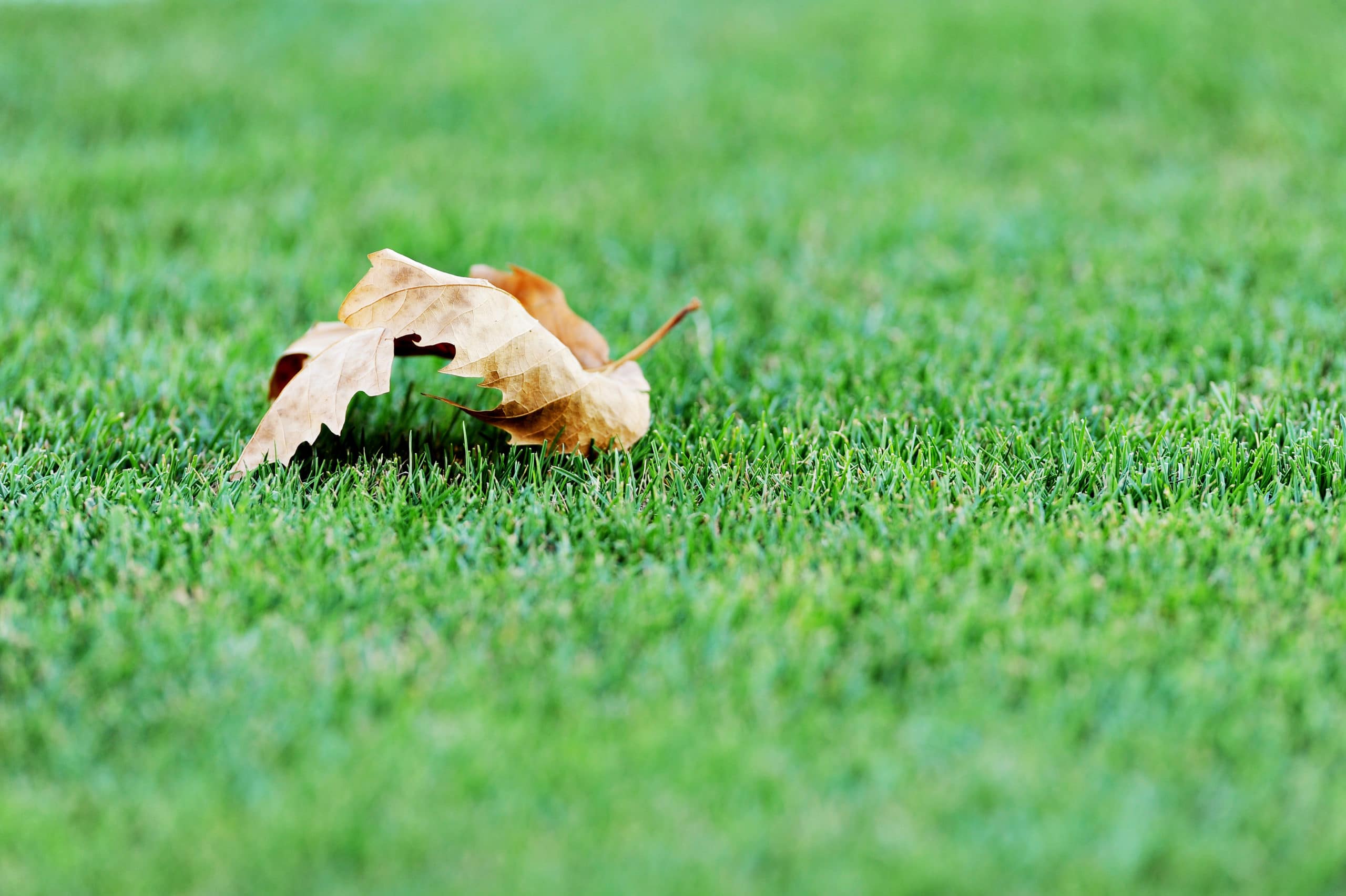
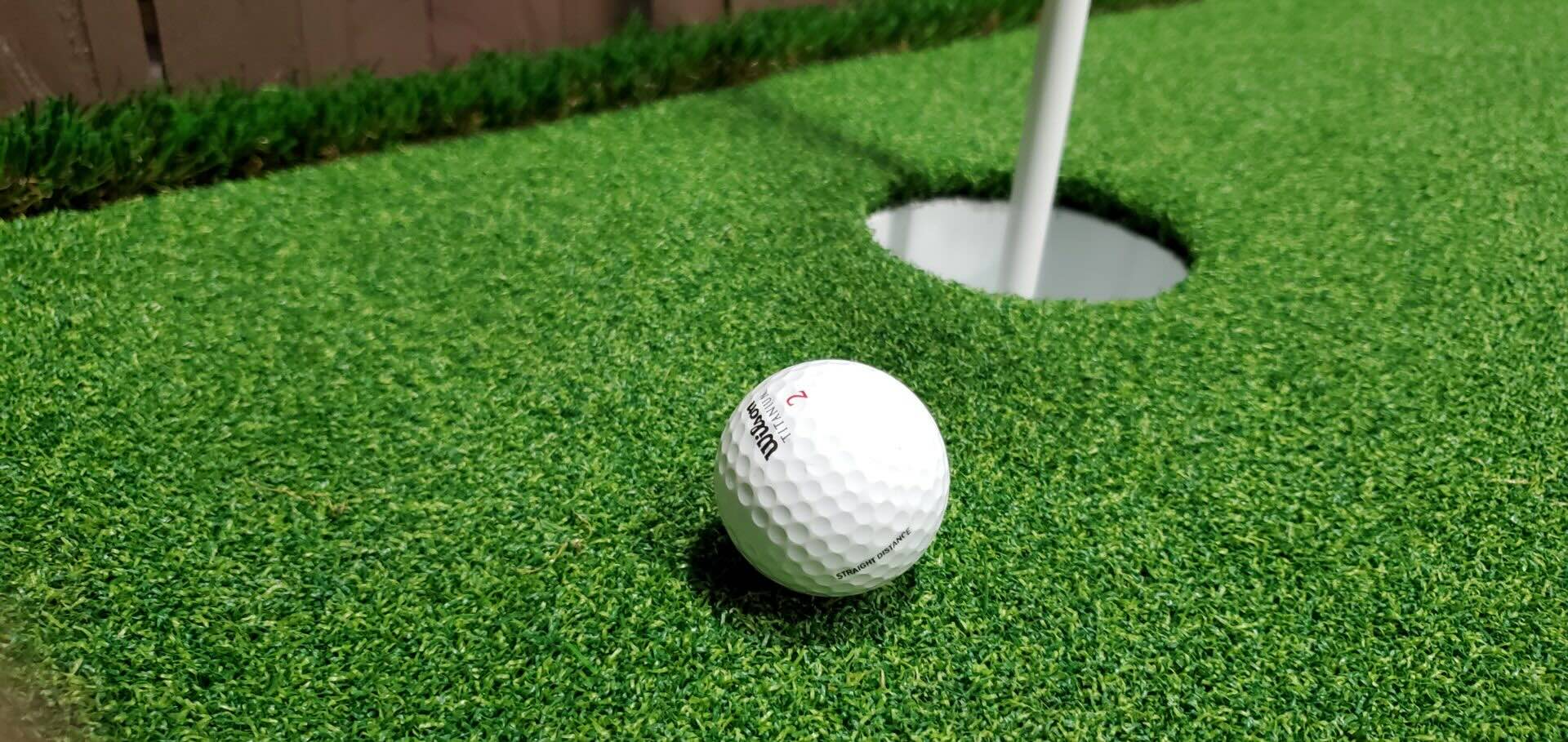
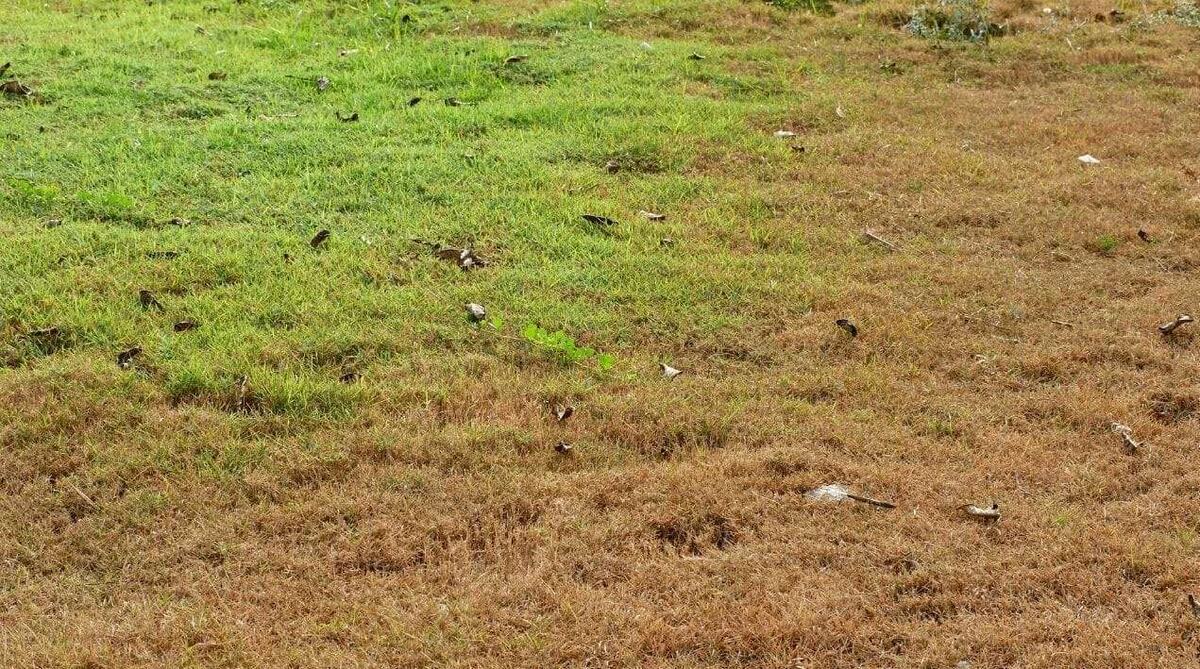
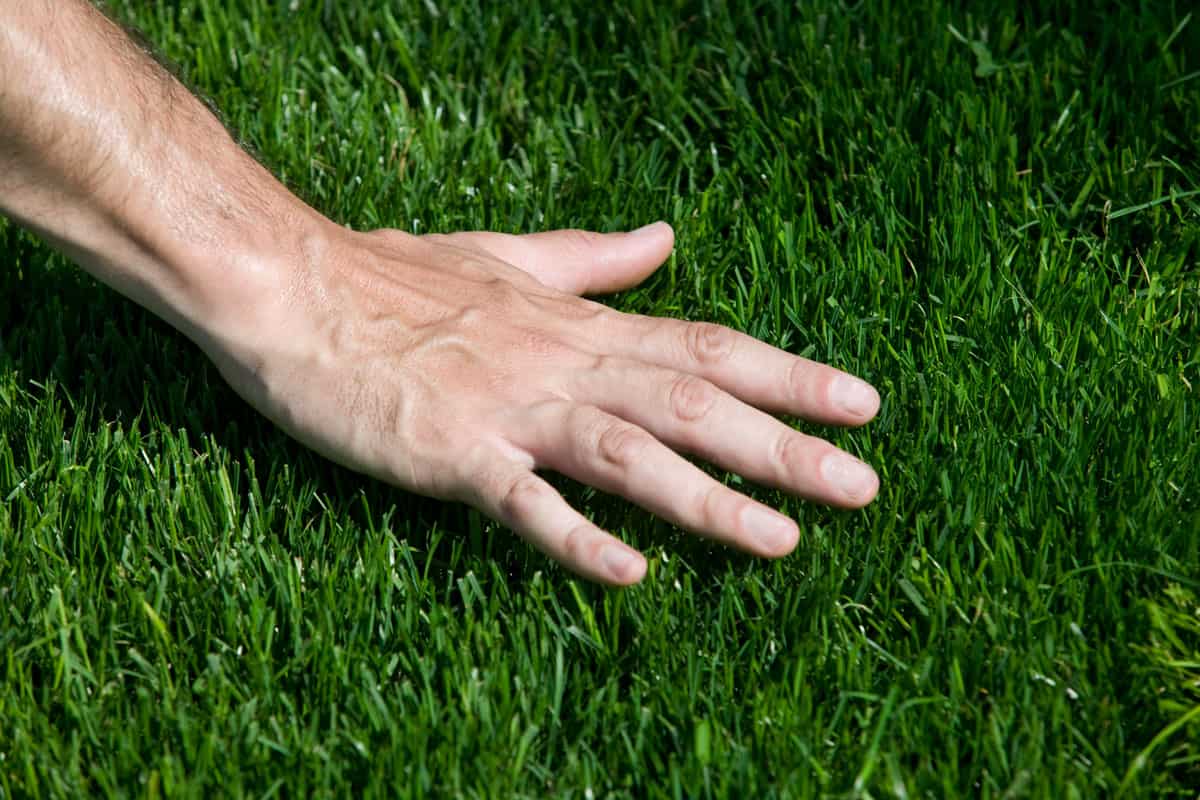
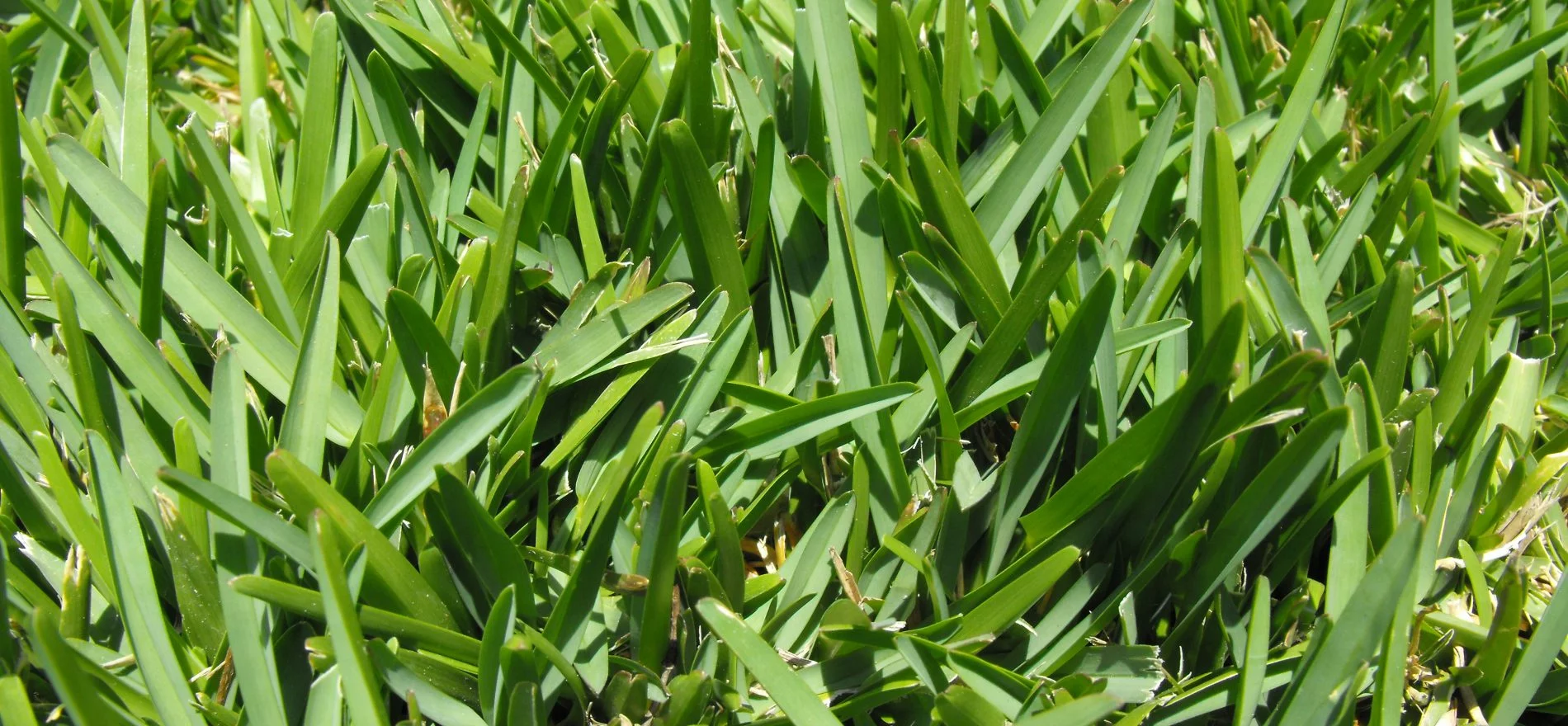
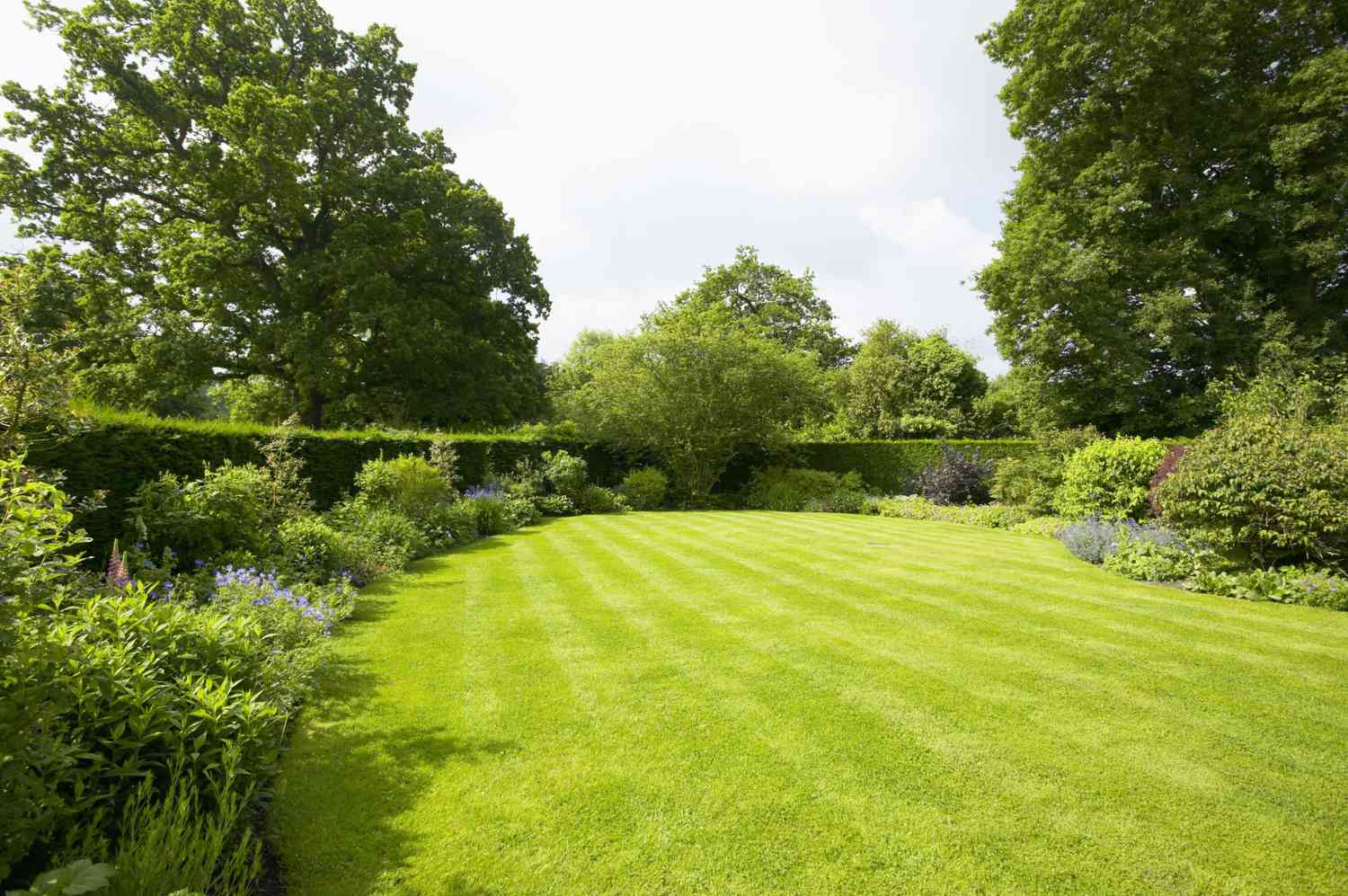
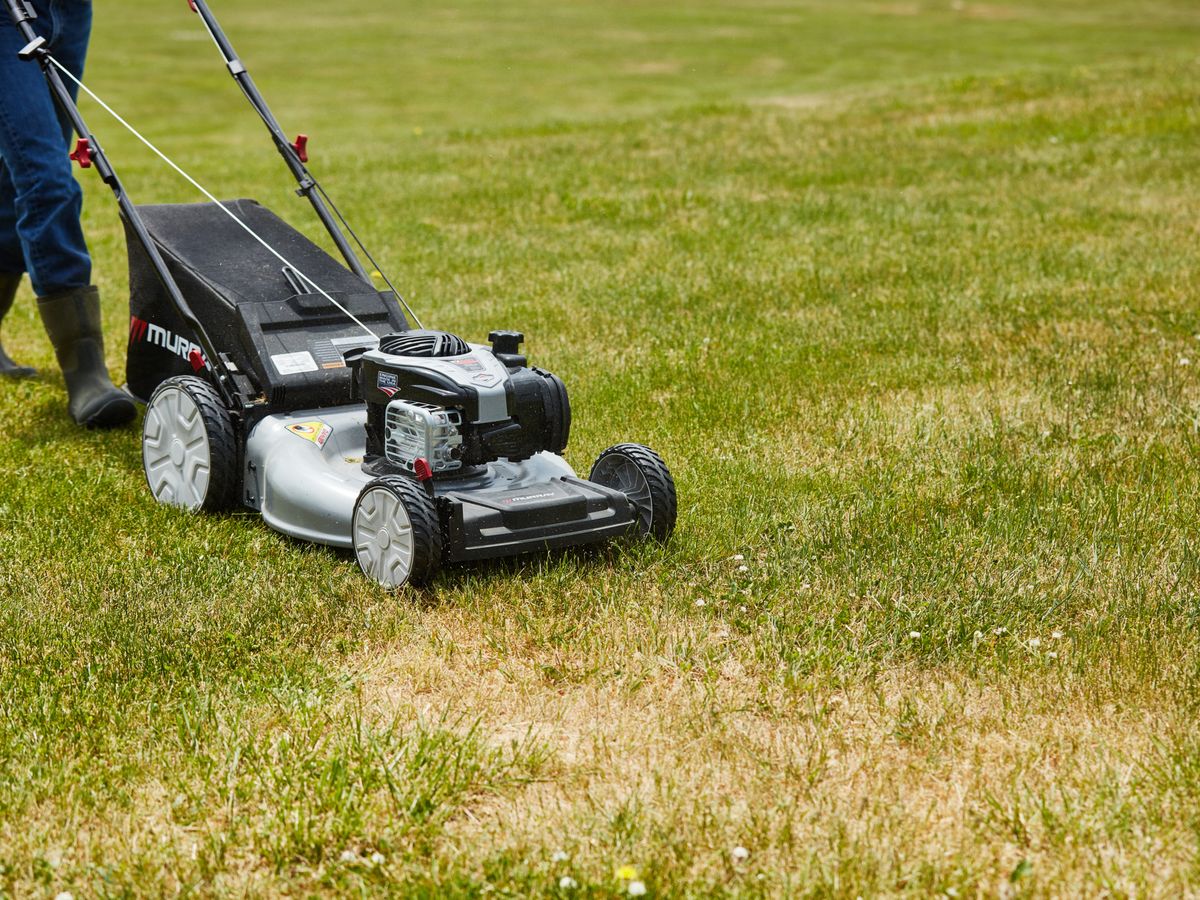

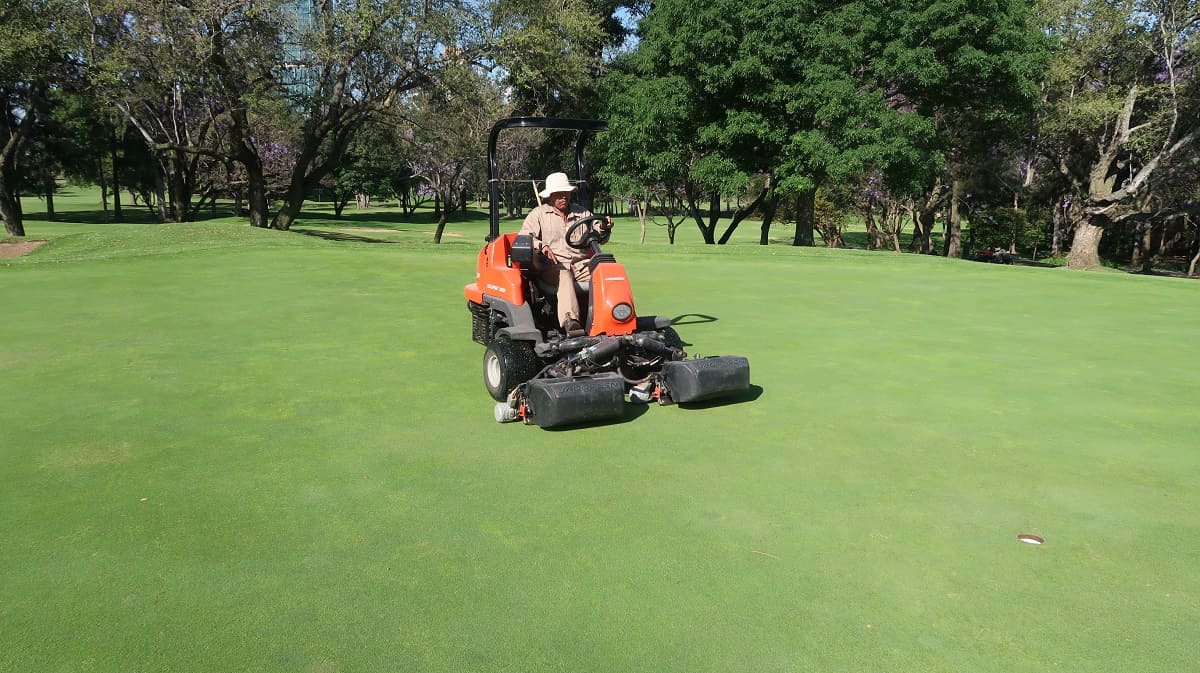
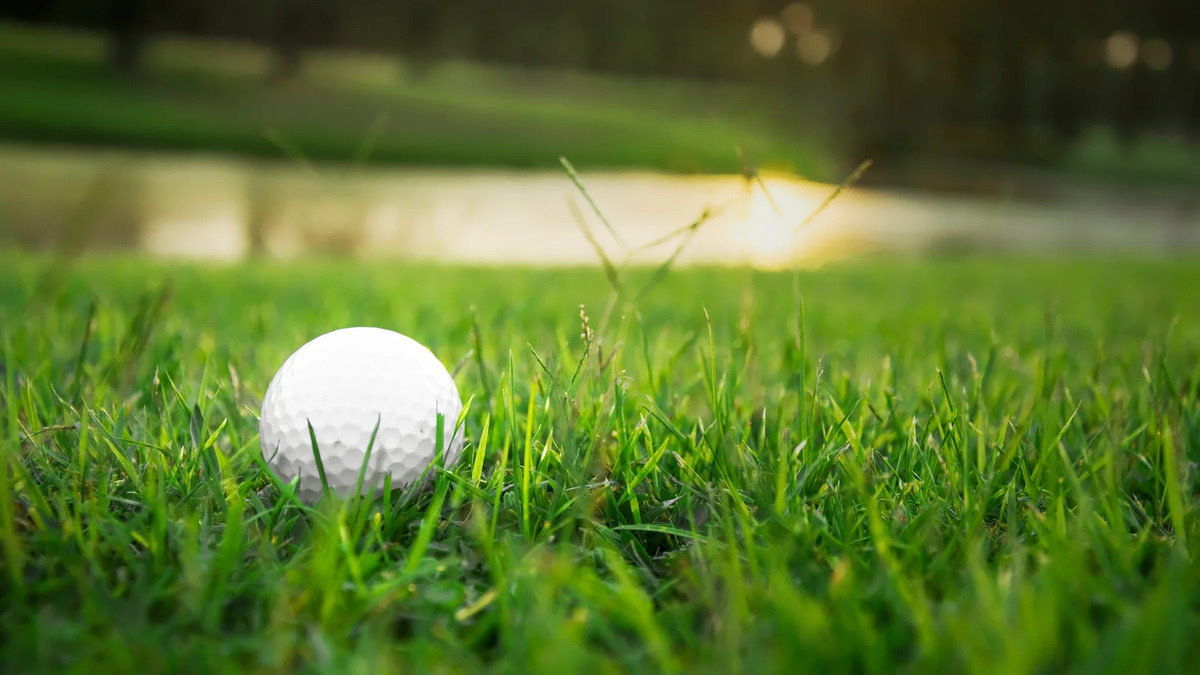
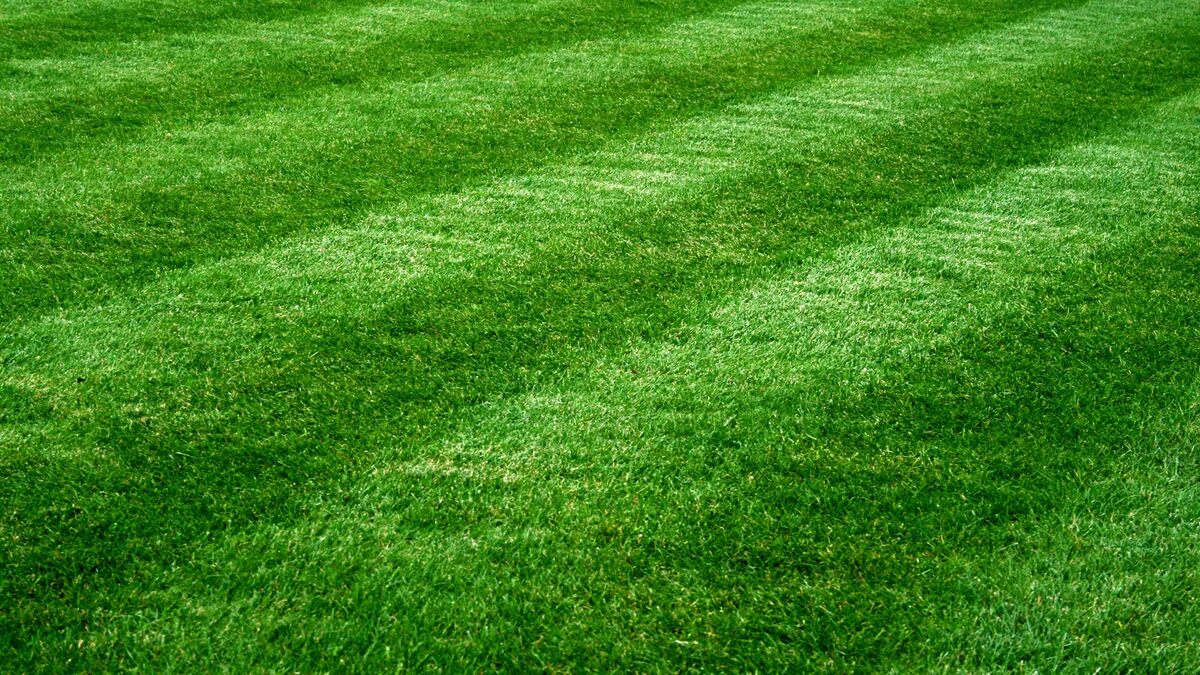
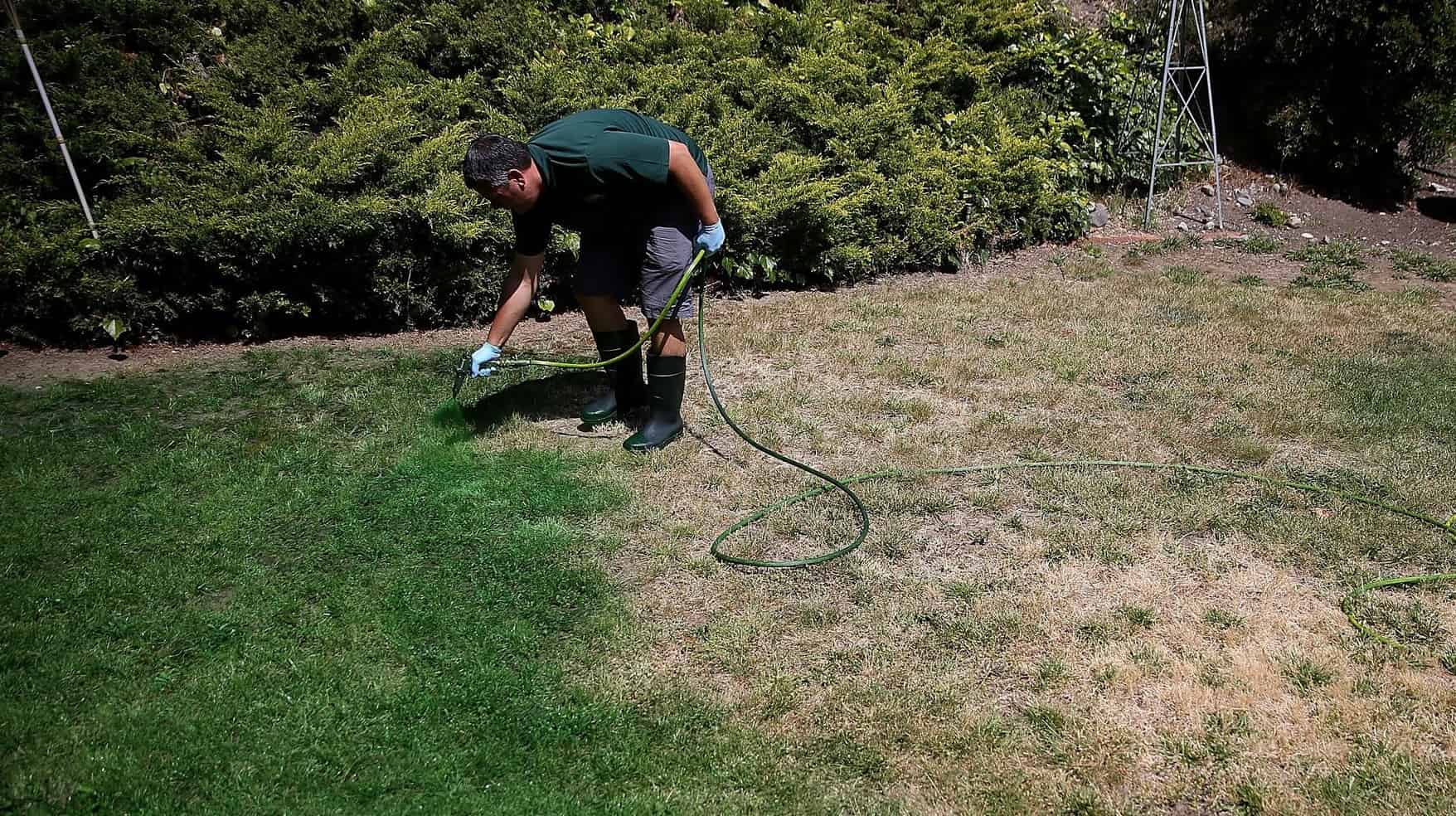
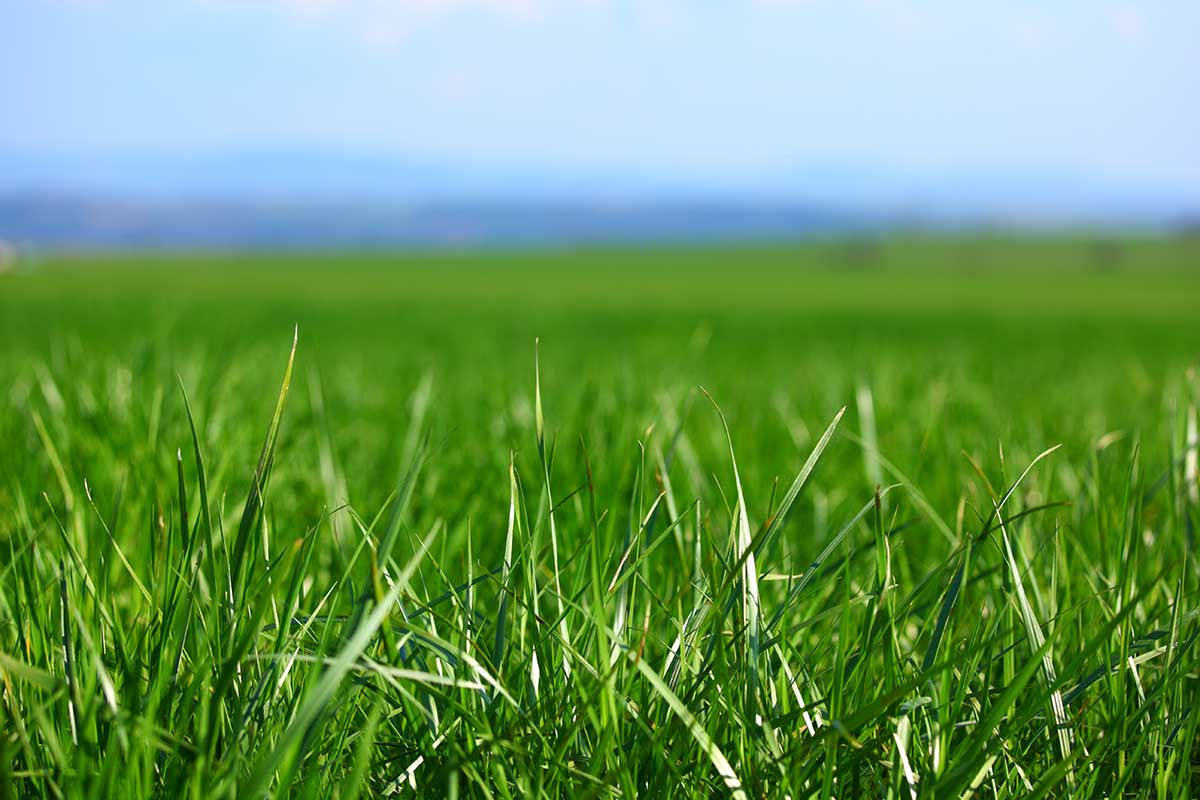


0 thoughts on “How To Get Grass Like A Golf Green”